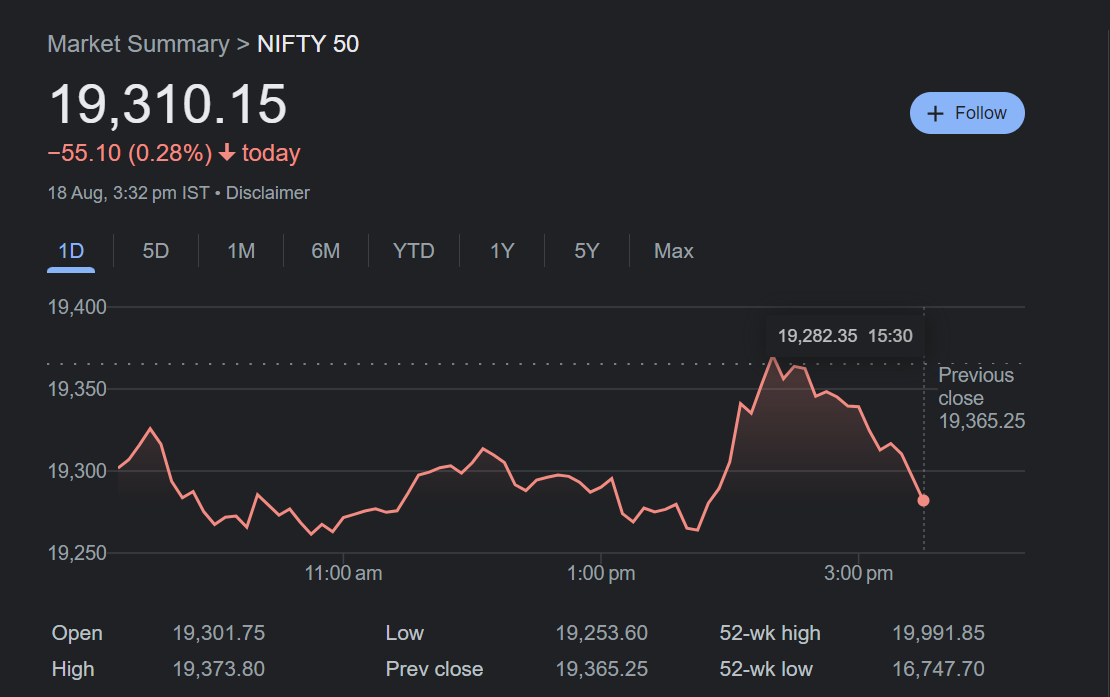Taking a trade in the Nifty 50 || Who to take a trade Nifty 50

Taking a trade in the Nifty 50 or any other financial market involves careful planning, analysis, and execution. Here's a general step-by-step guide on how to take a trade in the Nifty 50 index:
a. Understand the Basics: Before you start trading, make sure you have a basic understanding of the Nifty 50 index, how it works, and its recent trends. Familiarize yourself with terms like "bullish" (when prices are expected to rise) and "bearish" (when prices are expected to fall).
b. Choose a Trading Strategy: Decide on a trading strategy that suits your risk tolerance and goals. Are you interested in day trading, swing trading, or long-term investing? Each strategy requires a different approach and time commitment.
c. Conduct Technical Analysis: Use technical analysis to study price charts, indicators, and patterns to identify potential entry and exit points. Look for trends, support and resistance levels, moving averages, and other technical signals.
d. Perform Fundamental Analysis (Optional): Consider any fundamental factors that might impact the Nifty 50, such as economic indicators, corporate earnings reports, or geopolitical events. While technical analysis is more common for short-term trading, fundamental analysis can provide broader insights.
e. Set Entry and Exit Points: Based on your analysis, determine where you want to enter the trade (buy) and where you plan to exit (sell) to take profits or cut losses. Set clear stop-loss and take-profit levels to manage risk.
f. Risk Management: Calculate how much of your trading capital you're willing to risk on this trade. This is important to ensure that even if the trade goes against you, you don't lose more than you can afford.
i. Place the Trade: If you're using an online trading platform, enter the necessary information to place the trade. This includes selecting the Nifty 50 as the asset, choosing the order type (market, limit, etc.), specifying the quantity you want to trade, and setting your entry and exit prices.
j. Monitor the Trade: Once your trade is placed, keep an eye on it. Market conditions can change quickly, and you might need to make adjustments based on price movements or new information.
k. Stick to Your Plan: Emotions can play a big role in trading. Stick to your initial analysis and trading plan, even if the market starts moving in unexpected ways. Emotional decisions can lead to impulsive trades and losses.
l. Review and Learn: After the trade is closed, take the time to review your trade. Did it go as planned? What did you do right or wrong? Learning from each trade helps you improve your skills over time.
Remember, trading involves risk, and there's no guaranteed way to make profits. It's important to educate yourself, practice with a demo account if possible, and start with a small amount of capital that you can afford to lose. If you're new to trading, consider seeking guidance from experienced traders or financial professionals.




